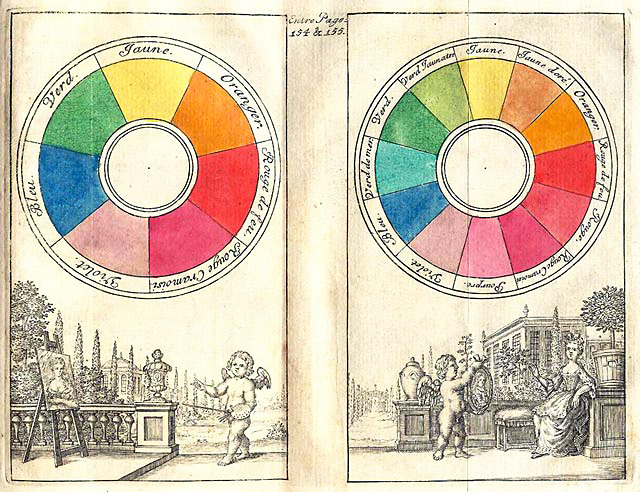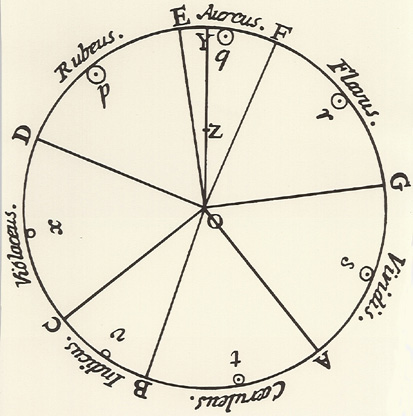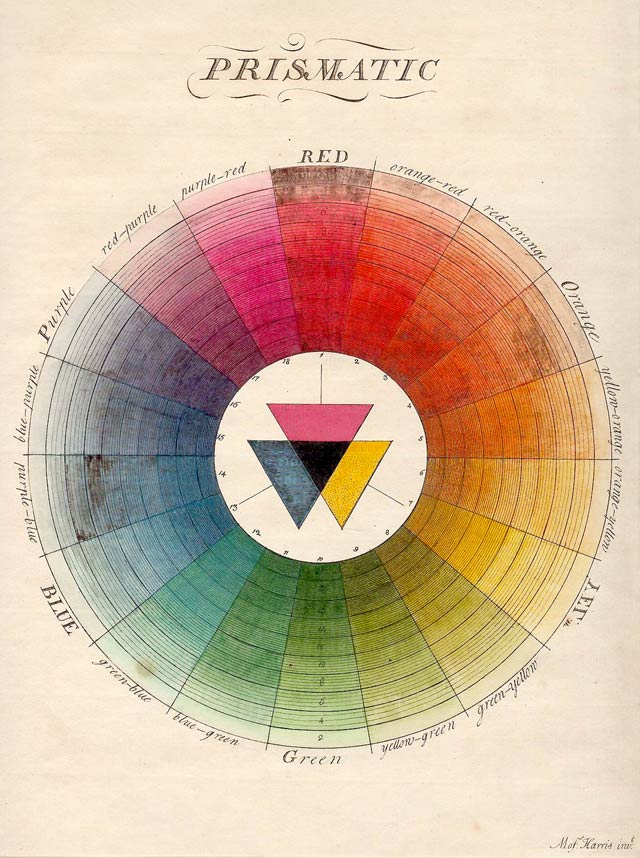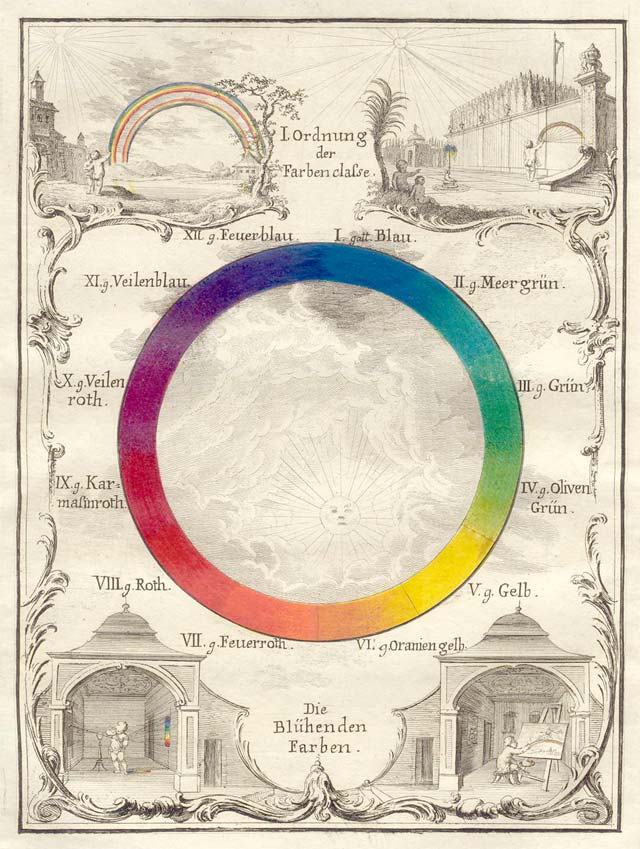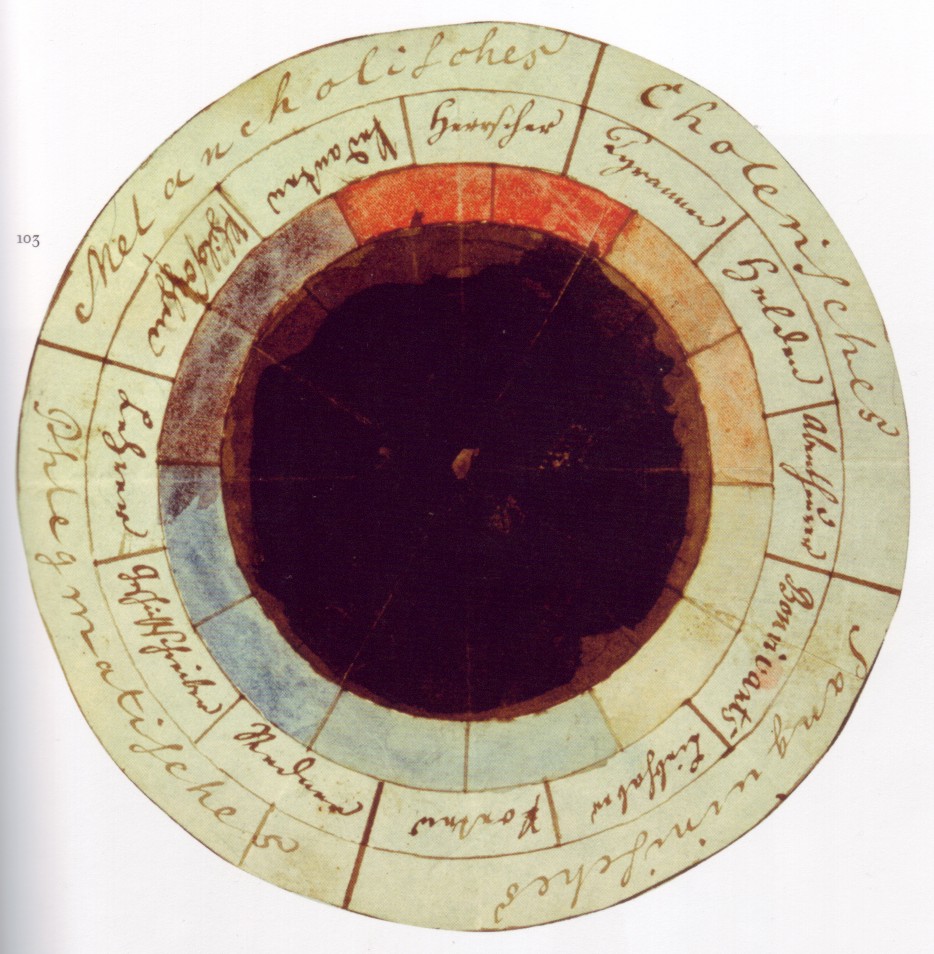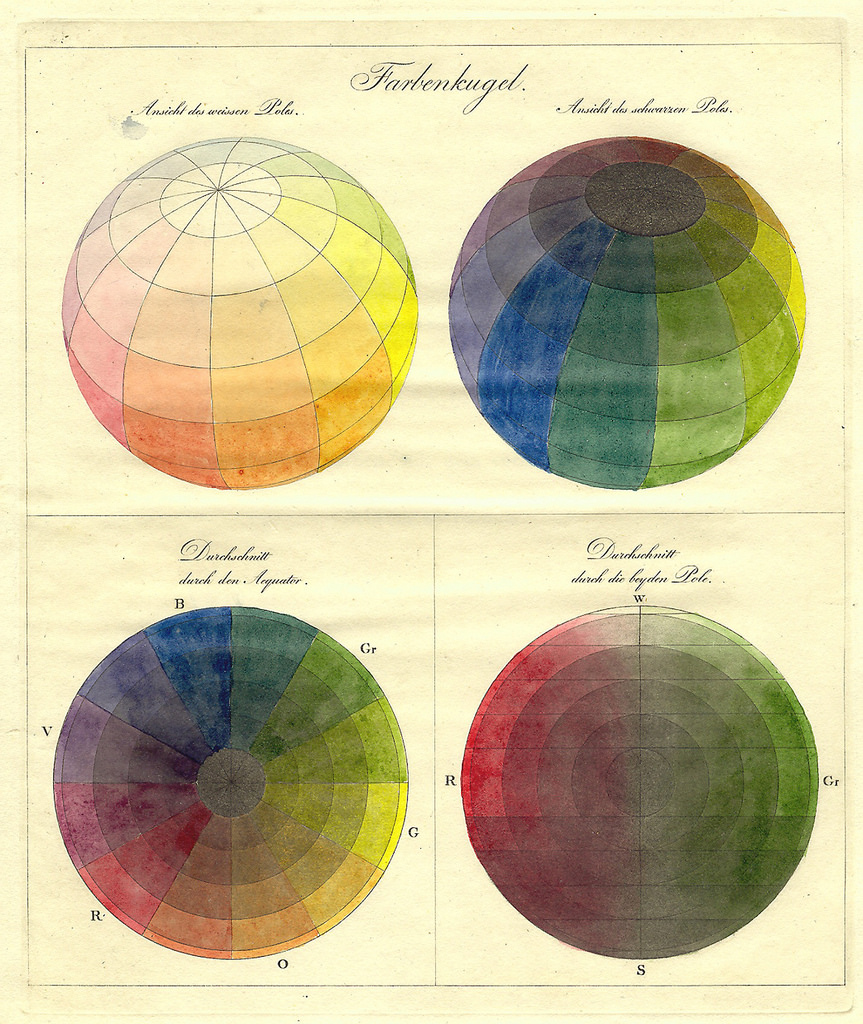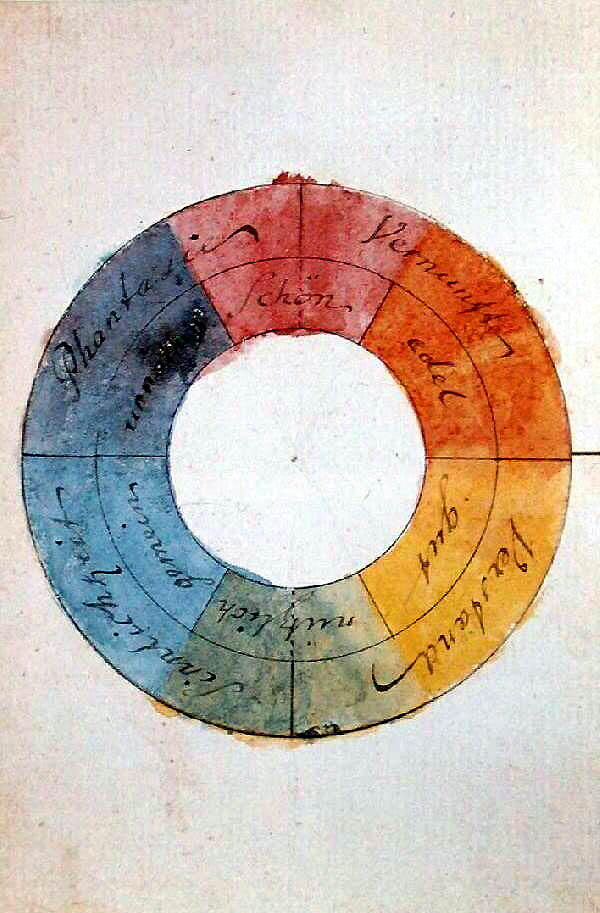Neil Young has always been an artist in conversation with the world around him—a troubadour, truth-teller, town crier, and chronicler of the excesses and evils of his age. His is not always a subtle art, but is often all the better for it. When he speaks out in song, people listen. And though Canadian, he’s done as much as any American songwriter of his generation to crystalize the U.S.’s seemingly perpetual domestic and foreign conflicts.
Young often works quickly and to spec, so to speak, to the needs of the moment. (He wrote his classic After the Gold Rush album in three weeks.) 1970’s Kent State-shooting response “Ohio” is plain-spoken and spare, its most indelible line a stark newspaper headline: “Four dead in Ohio.” It’s such an effectively poignant treatment that the song still resonates deeply forty-seven years later in a recent cover by Gary Clark, Jr. Young reportedly wrote the song in fifteen minutes.
His early 70s songs “Southern Man” and “Alabama” inspired one of the most famous, and famously misunderstood, feuds in rock history when Lynyrd Skynyrd responded with “Sweet Home Alabama.” Ronnie Van Zandt claimed he wrote the song as a joke, and he and Young were always mutual admirers and friends. But Young’s deservedly angry lyrics made millions of people furious in return. (He has since looked back on “Alabama” with some regret, calling it, “not fully thought out” and saying it “ richly deserved the shot” Van Zandt took at him.)
As a longtime fan of Young’s loose, noisy, abstract psychedelic garage rock and of his tender acoustic ballads, I feel that it’s profoundly reductive to call him a protest singer. He’s had a long and incredibly varied career, which he now invites us to survey, all of it, with the release of the Neil Young Archives, a smart, chronologically-organized online catalog spanning over 50 years, 39 studio albums, records made with Buffalo Springfield and CSNY, ten unreleased albums, and a few unreleased films.
The archive, Young says, “is designed to be a living document, constantly evolving and including every new recording and film as it is made.” All of this music is currently free, until June 30th, though you’ll have to create an account. After that date, users can subscribe for an unspecified but “very modest” cost.
The breadth of Young’s songwriting interests is on full display, from gentle love songs to dusty western sagas. In each decade, however, he has never hesitated to get political when he feels the call. And when Neil Young writes a protest song, he goes all in.
He’s taken in the past few years to writing entire protest albums. There’s the 2006 Iraq War protest, Living with War, a rush release Young penned quickly and recorded in only 9 days after seeing a USA Today headline. It went on to earn a Grammy nomination.
There’s the 2015 The Monsanto Years, recorded with his recent band Promise of the Real (which includes Willie Nelson’s sons Lukas and Micah). Recorded in live sessions at a converted movie theater, the album prompted Billboard to solicit responses from the corporations Young takes to task, including not only Monsanto but also Starbucks, Chevron, and Walmart.
The Visitors, Young’s new album with Promise of the Real, released just yesterday, may not be a full protest album, but it does have some straightforward protest songs, “Already Great” (top) contains the lyrics “You’re already great / You’re the promised land / You’re the helping hand” and ends with chants of “Whose streets? Our streets!” The track “Children of Destiny,” with its earnestly patriotic video (above) recalls, in some respects, Bruce Springsteen’s anthem “The Rising,” but with unambiguously lefty messaging referencing, among other things, the brutally repressed Standing Rock protests and the need to “stand up for the land.”
Young looks around him and looks ahead even when he’s looking back, seeking out new sounds, styles, recording techniques and technologies. Fittingly, on the day of The Visitors’ release, Young announced the Archives, which provides, as he wrote in a tweet, “fans & music historians with access to all of my music and to my entire archives in one location.” True to his forward-looking vision, he has updated the sound quality of these recordings to suit the needs of a digital age.
Rather than succumbing to the trend of streaming services’ low quality mp3s—a phenomenon he has long fought—Young offers all of this music at the highest quality possible, “not compromised,” he writes on the site, “by compression schemes to save memory.” He promises “the clarity richness, transparency, and detail of the original performance.” He doesn’t promise that the hundreds of live, studio, and unreleased songs in the archive merit this careful, high-tech treatment, but if you’re a Neil Young fan, you’re already convinced most of them do, from the most earnest political anthems to the quietest ballads and most raucous free-form jams.
Visit the Neil Young Archive here.
Related Content:
Neil Young Performs Classic Songs in 1971 Concert: “Old Man,” “Heart of Gold” & More
Great Story: How Neil Young Introduced His Classic 1972 Album Harvest to Graham Nash
The Time Neil Young Met Charles Manson, Liked His Music, and Tried to Score Him a Record Deal
Josh Jones is a writer and musician based in Durham, NC. Follow him at @jdmagness
